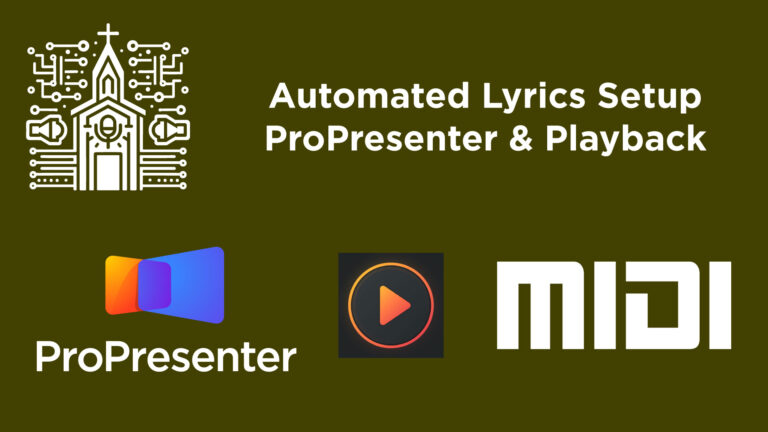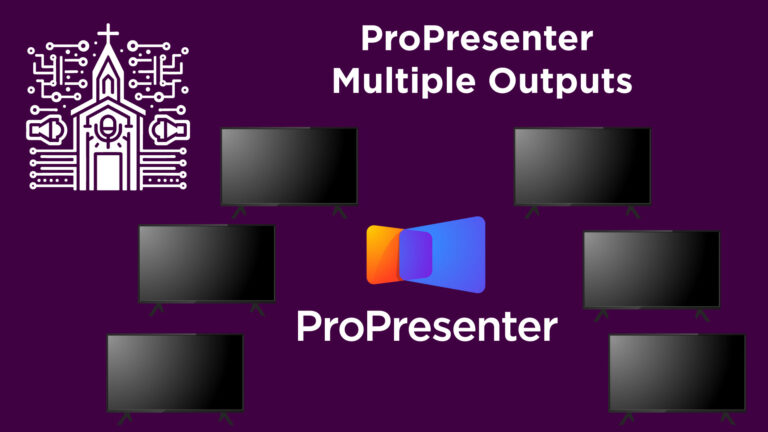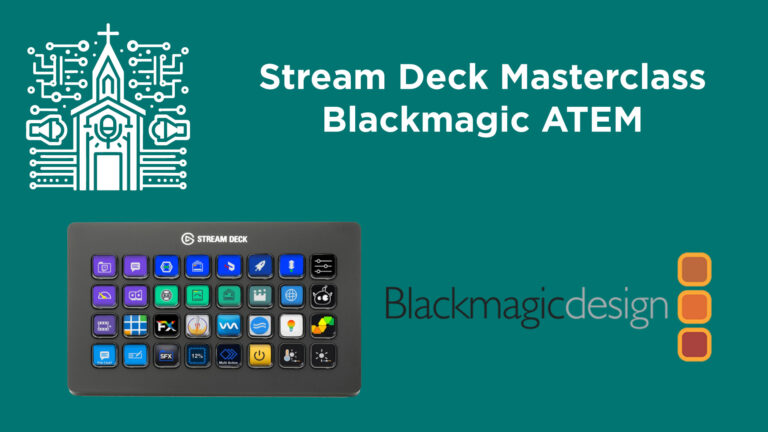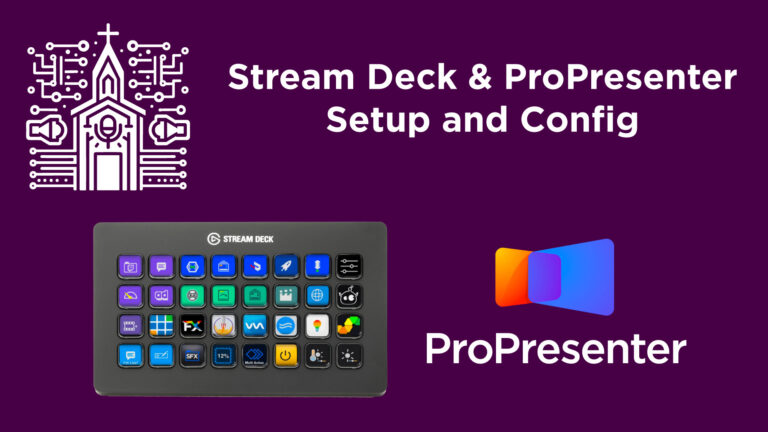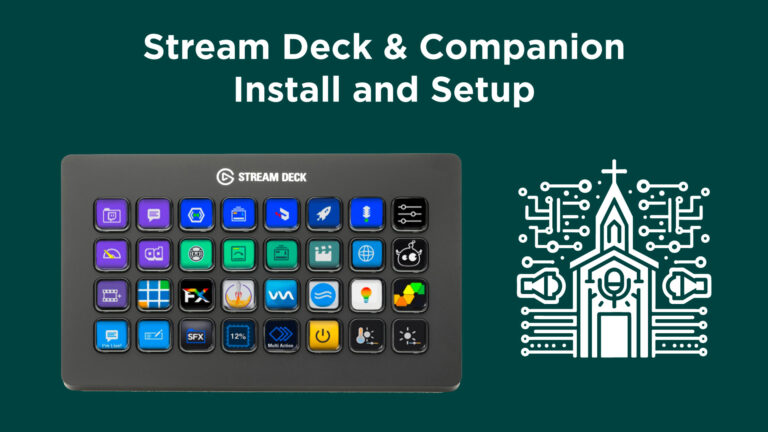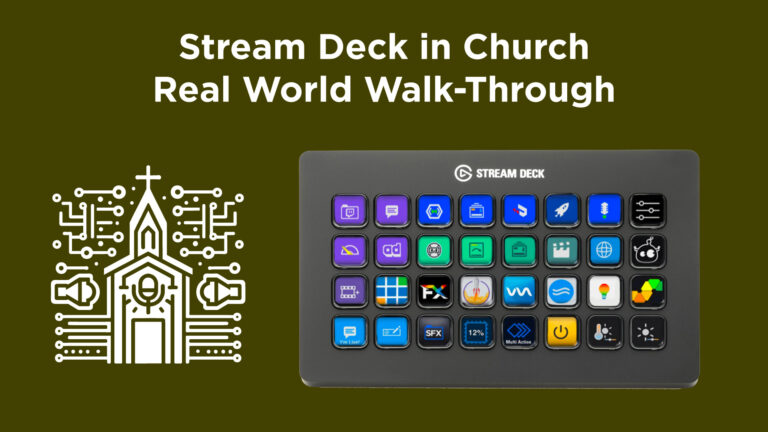Automate Your Lyrics: Syncing ProPresenter with Playback using MIDI on a Mac!
This guide details how to integrate ProPresenter with Multitracks.com Playback on a Mac Mini to automate syncing lyrics with audio tracks. It covers equipment requirements, and provides a step-by-step setup process from preparing MIDI Network Session to final testing for live event production enhancement.

